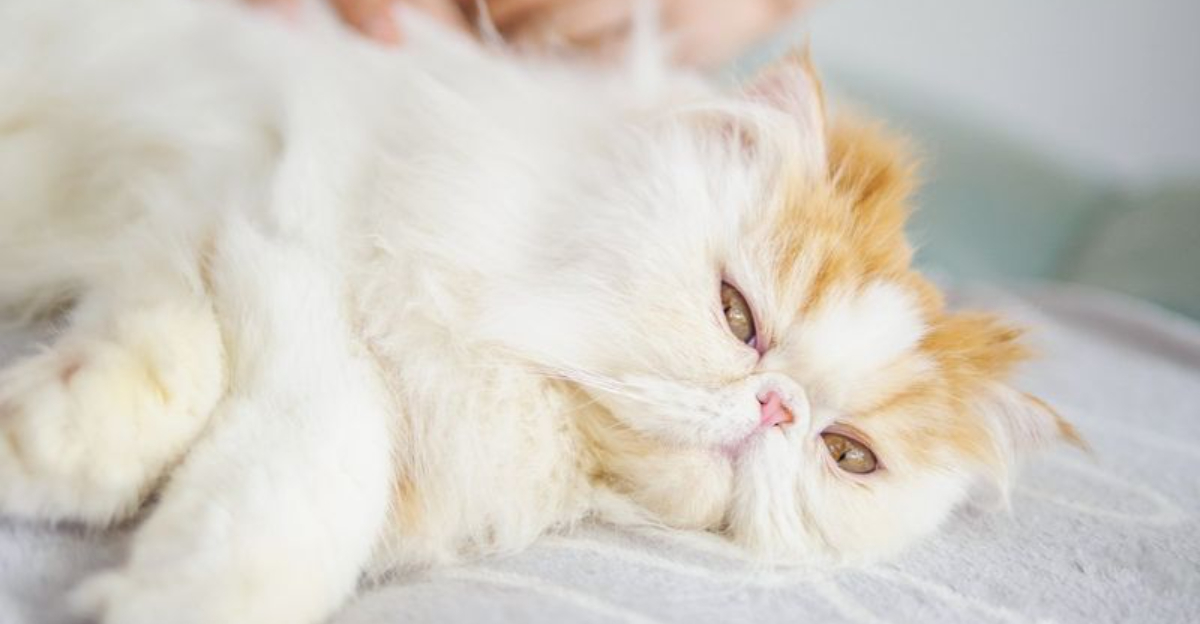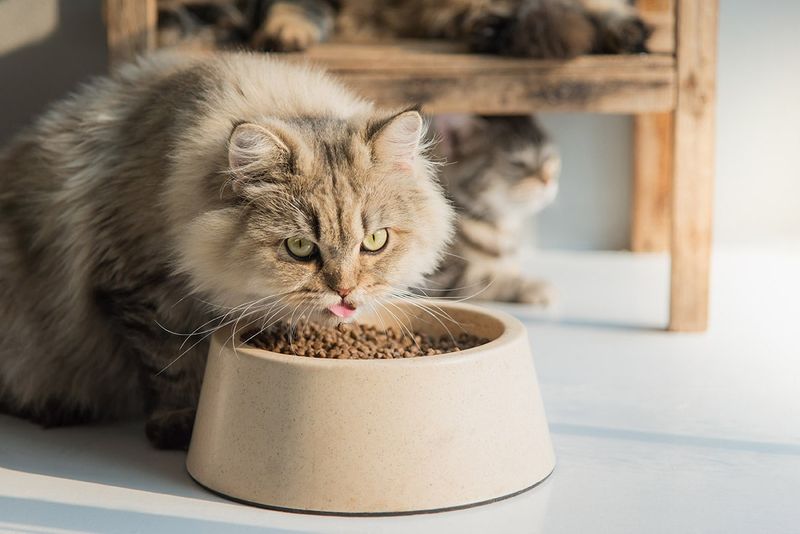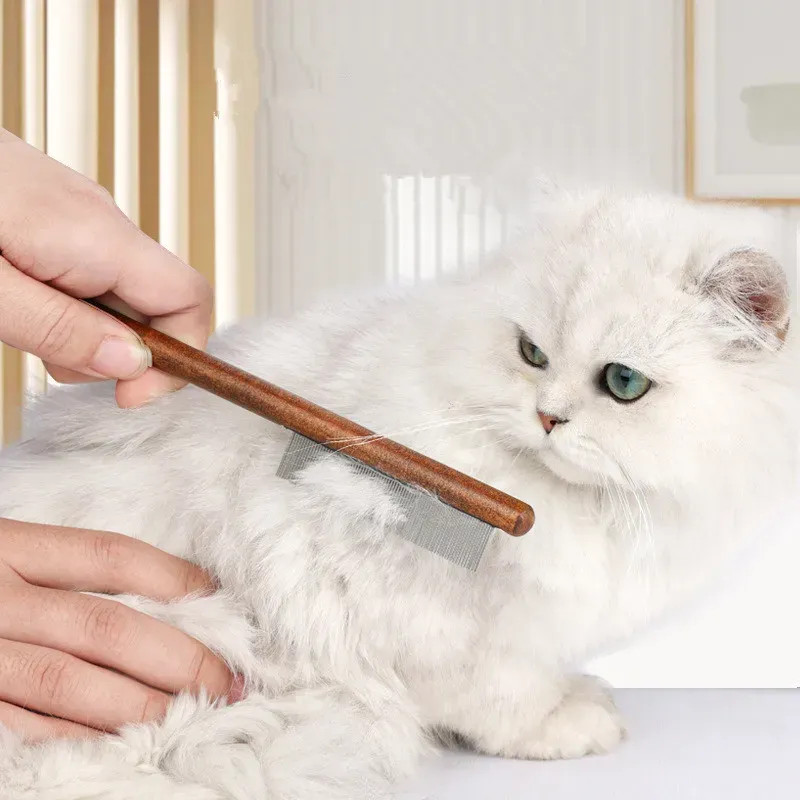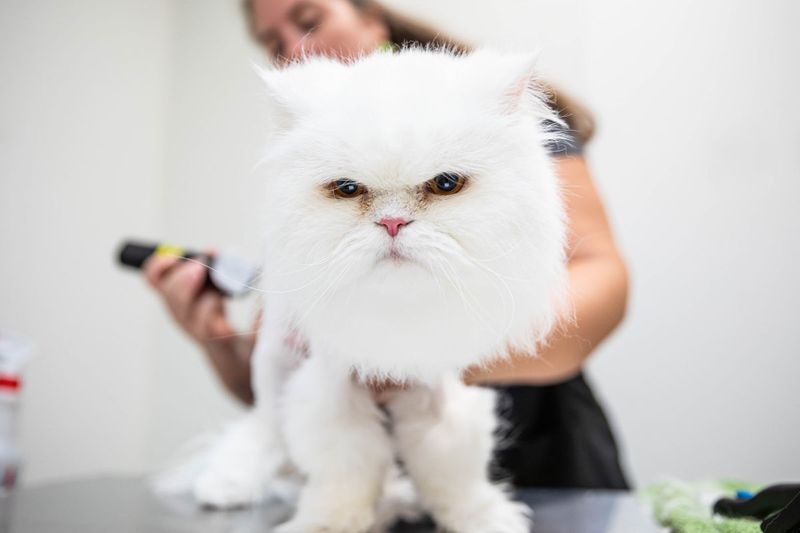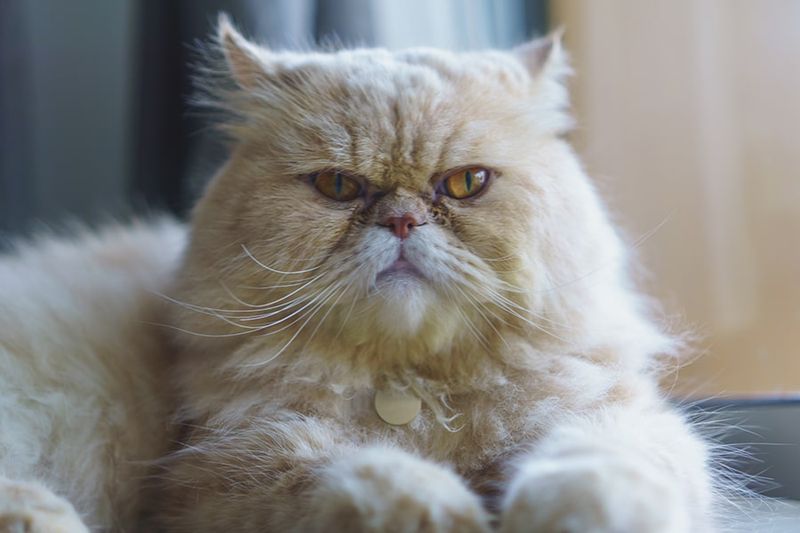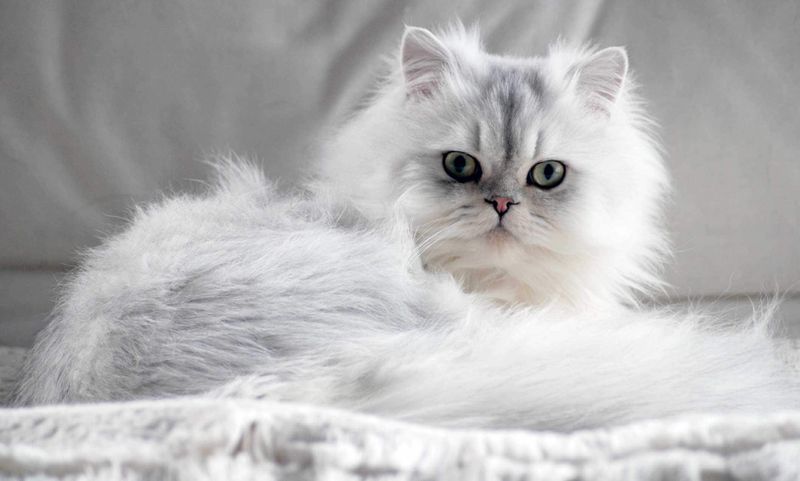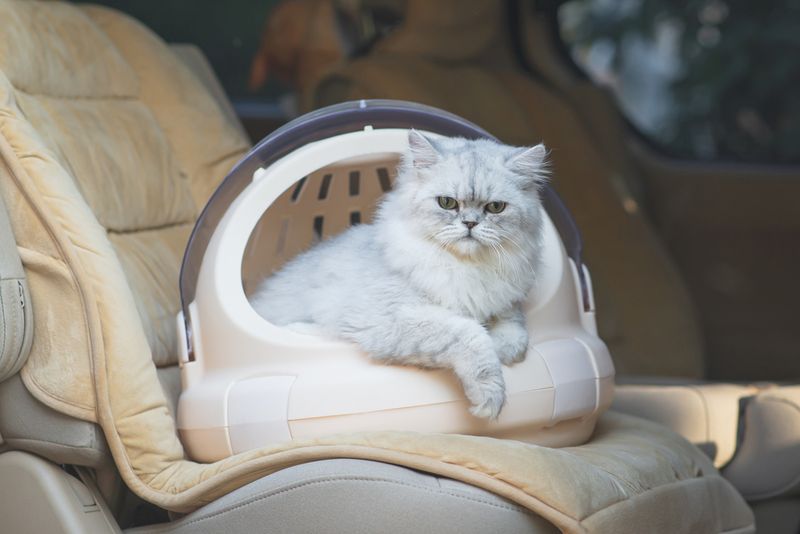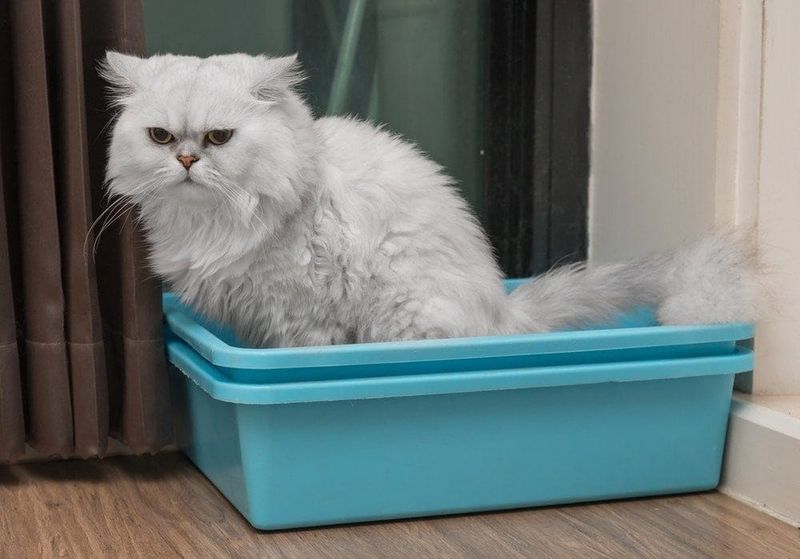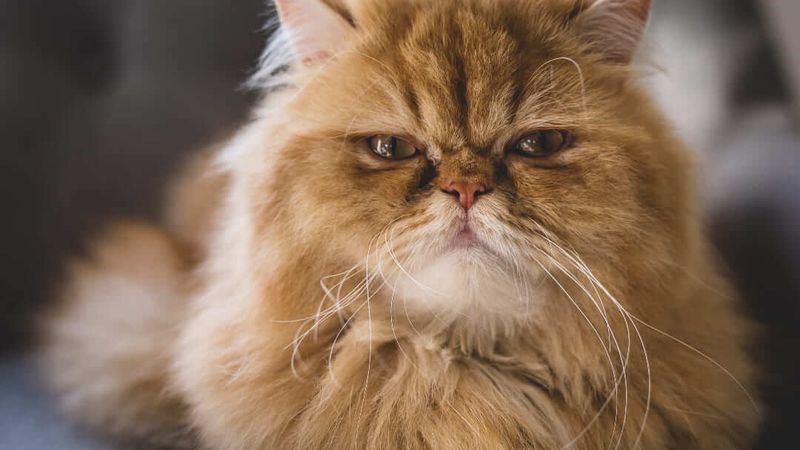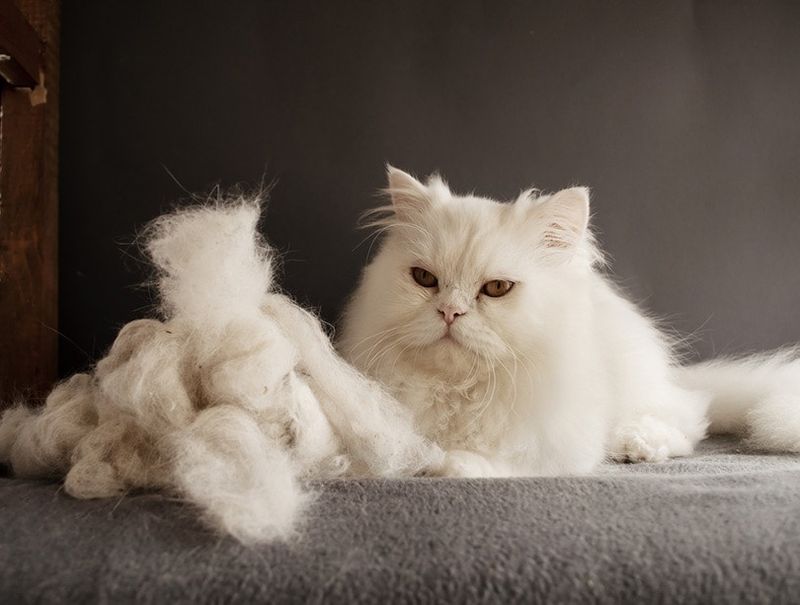📖 Table of Content:
- 1. Premium Food Requirements
- 2. Grooming Tools Arsenal
- 3. Professional Grooming Sessions
- 4. Eye Care Essentials
- 5. Breed-Specific Health Insurance
- 6. Specialized Veterinary Care
- 7. Climate Control Costs
- 8. Furniture Protection Measures
- 9. Travel and Boarding Complications
- 10. Special Litter Box Arrangements
- 11. Enrichment and Exercise Equipment
- 12. Breeding-Related Health Issues
- 13. Specialty Diets for Hairball Control
- 14. Allergy Management Systems
- 15. Hidden Genetic Testing Costs
Persian cats captivate with their elegant coats and charming, flat-faced features. Their regal appearance and calm demeanor make them a favorite among cat enthusiasts. However, their beauty often masks the reality of their upkeep.
Beneath the surface of all that fluff lies a breed that demands more time, care, and money than most realize. Routine grooming, specialized diets, and health monitoring quickly add up. These hidden responsibilities can surprise even experienced pet owners.
The initial purchase is only the beginning of a long-term investment. From medical expenses to lifestyle adjustments, Persian cats require ongoing commitment. Understanding these costs is essential before welcoming one into a home.
1. Premium Food Requirements
Persian cats often need specialized, high-quality food to maintain their health. Their sensitive digestive systems cannot tolerate the cheap fillers and artificial ingredients commonly found in budget cat foods.
Many Persian owners spend $50-$ 100 per month on premium dry food, wet food, and supplements. Some Persians require prescription diets for urinary health or weight management, doubling these costs.
The right nutrition directly impacts their coat quality, energy levels, and longevity. When factoring in occasional treats and dental chews, food expenses can reach $1,200+ annually.
2. Grooming Tools Arsenal
That magnificent coat demands serious equipment. Most Persian owners accumulate a small fortune in specialized brushes, combs, de-matting tools, and scissors designed specifically for their high-maintenance fur.
Quality metal combs with rounded tips cost $15-30 each. Add a professional slicker brush ($20-25), dematting tool ($15-25), blunt-tipped scissors ($30), and specialized shampoos ($15-25 per bottle). Electric clippers for sanitary areas run $50-150.
Replacing worn brushes and replenishing grooming products creates an ongoing expense many new owners underestimate.
3. Professional Grooming Sessions
Even with daily home maintenance, Persian cats typically need professional grooming every 4-8 weeks. A standard session includes bath, blow-dry, nail trim, ear cleaning, and sanitary trim – averaging $50-120 depending on location and coat condition.
Severely matted coats may require complete shaving, which costs more and stresses your cat. Some groomers charge extra for difficult-to-handle cats or those needing extra attention.
Mobile groomers who come to your home offer convenience but typically charge 20-30% more than salon visits. Annual professional grooming expenses easily reach $600-1,400.
4. Eye Care Essentials
Those adorable flat faces come with problematic eye anatomy. Persian cats’ prominent eyes and shallow eye sockets make them prone to excessive tearing, staining, and infections.
Daily cleaning with specialized wipes ($10-15 per pack) prevents tear stain buildup. Veterinary-recommended eye drops ($15-25) help manage chronic dry eye or irritation. Some Persians develop entropion (inward-turning eyelids), requiring surgery costing $500-1,500.
Neglecting eye care leads to costly infections requiring veterinary treatment, medications, and potentially long-term damage. Preventative supplies alone can cost $200-300 annually.
5. Breed-Specific Health Insurance
Persian cats are predisposed to numerous health conditions, making insurance premiums significantly higher than for mixed breeds. Monthly premiums typically range $30-70 for basic coverage.
Comprehensive plans covering hereditary conditions cost $60-100+ monthly. Many policies exclude breed-specific issues or impose waiting periods before covering certain conditions. Deductibles range from $200-1,000 annually.
Going without insurance is risky – a single emergency like urethral obstruction can cost $1,500-3,000. Treatment for hypertrophic cardiomyopathy (a common Persian heart condition) runs $2,000-5,000 annually. Insurance becomes a necessary expense rather than a luxury.
6. Specialized Veterinary Care
Due to their flat faces, Persian cats often struggle with breathing and dental problems. These health issues require more frequent vet visits than other breeds. Specialized care is usually necessary to manage their unique needs.
Annual exams often include additional testing for polycystic kidney disease, heart scans, and respiratory assessments. Expect to spend $200-400 per comprehensive checkup, not including treatments for any issues found.
Many Persian owners travel considerable distances to reach veterinarians experienced with brachycephalic breeds, adding travel expenses. Some conditions require seeing veterinary specialists whose consultation fees start at $150-250 per visit.
7. Climate Control Costs
Hot days aren’t easy for Persian cats. Their thick coats and breathing issues make staying cool a challenge. That’s why many owners end up cranking the AC or buying fans and cooling mats.
Energy bills can increase $30-100 monthly during summer months. Some owners purchase window units specifically for rooms where their Persian spends time. Air purifiers ($100-300) help manage respiratory issues exacerbated by heat and humidity.
Cold weather brings different challenges – drafty homes can cause respiratory infections in sensitive Persians. Space heaters, heated beds ($30-80), and maintaining consistent indoor temperatures year-round significantly impact utility costs.
8. Furniture Protection Measures
Persians shed continuously, with seasonal heavy shedding twice yearly. Their fine fur embeds deeply in fabrics and floats through the air, settling on every surface. Specialized vacuum cleaners with HEPA filters ($200-600) become necessary rather than optional.
Furniture covers, washable slipcovers, and pet-specific upholstery protection products add up quickly. Lint rollers become household staples, with many owners keeping them in multiple rooms and vehicles.
Air purifiers help manage airborne fur, but require regular filter replacements ($30-80 quarterly). Constant cleaning supplies, including specialized enzymatic cleaners for occasional hairball incidents, add another layer of ongoing expense.
9. Travel and Boarding Complications
Traveling with or without your Persian creates unique expenses. Their temperature sensitivity and grooming needs make standard boarding facilities inadequate. Specialty cat boarding with climate control and grooming services costs $30-60 daily.
In-home pet sitters familiar with Persian care charge $50-75 daily. Their medical predispositions often require sitters with medication administration experience, commanding premium rates.
Flying with a Persian requires airline-approved carriers with excellent ventilation ($60-150) and sometimes health certificates from veterinarians ($50-100). Some owners even avoid certain vacation destinations or travel periods entirely due to their Persian’s needs.
10. Special Litter Box Arrangements
Long Persian fur easily traps litter particles, creating hygiene issues around their hindquarters. Many owners purchase specialized high-sided or top-entry litter boxes ($30-60) to contain scattered litter and prevent tracking.
Premium clumping litters that don’t stick to fur cost significantly more than standard varieties. Monthly litter expenses often reach $25-40, double that of regular cats. Automated self-cleaning boxes ($200-500) become appealing investments to maintain cleanliness.
Litter mats, tracking-reduction systems, and regular sanitary trims around the hindquarters add more expenses. Some owners maintain multiple litter box stations throughout their homes to encourage proper usage.
11. Enrichment and Exercise Equipment
Despite their calm temperament, Persian cats still need regular physical and mental activity. However, their flat facial structure can make standard toys difficult or uncomfortable to use. As a result, specially designed enrichment tools are often necessary.
Cat trees with wide platforms accommodate their larger bodies and climbing limitations. Quality cat trees with appropriate features cost $100-300. Interactive toys designed for less athletic cats run $15-40 each.
Window perches with sturdy support ($30-60) provide essential environmental enrichment. Persian-friendly puzzle feeders help prevent obesity while accommodating their facial structure. Without proper activity options, weight management becomes an expensive veterinary issue.
12. Breeding-Related Health Issues
Purebred Persians often develop health problems from selective breeding for extreme features. Polycystic kidney disease affects nearly 40% of Persians, requiring ultrasound screening ($200-300) and potentially lifelong management.
Dental abnormalities from their shortened jaws lead to tooth extractions and specialized dental care. Professional dental cleanings under anesthesia cost $500-1,000 and may be needed more frequently than for average cats.
Respiratory issues from their flat faces may require surgical correction of stenotic nares (narrow nostrils) or elongated soft palates. These corrective surgeries range from $800-2,000 and significantly impact quality of life.
13. Specialty Diets for Hairball Control
Persians ingest enormous amounts of hair during self-grooming, creating dangerous hairball accumulations. Prescription hairball-control diets cost 30-50% more than premium regular cat food.
Hairball lubricants and preventatives ($15-25 per tube) become monthly necessities rather than occasional purchases. Some owners administer these products 2-3 times weekly year-round.
Severe cases may require endoscopic hairball removal under anesthesia ($1,000-2,500). Preventive care becomes essential but expensive. The alternative—emergency surgery for intestinal blockage—can cost $3,000-7,000, making the ongoing preventative expenses seem reasonable by comparison.
14. Allergy Management Systems
Contrary to popular belief, Persian cats are not hypoallergenic. Their thick undercoats trap dander and release it heavily during shedding periods. As a result, many owners only realize allergy issues after adoption.
HEPA air purifiers for multiple rooms cost $200-600 each, with replacement filters adding $100-300 annually. Allergy-reducing shampoos and wipes ($20-40 monthly) help minimize reactions. Some owners require prescription allergy medications ($30-100 monthly).
Professional home cleaning services specializing in pet allergen removal charge premium rates. The choice between rehoming a beloved pet or investing thousands in allergy management becomes a heartbreaking reality for some Persian owners.
15. Hidden Genetic Testing Costs
Responsible Persian owners often pursue genetic testing to understand their cat’s health risks. Tests for PKD (polycystic kidney disease), PRA (progressive retinal atrophy), and HCM (hypertrophic cardiomyopathy) cost $40-150 each.
Comprehensive genetic panels identifying multiple risk factors run $200-400. These tests aren’t one-time expenses—they inform ongoing monitoring schedules requiring specialized veterinary visits.
Many owners discover their Persian needs echocardiograms ($300-500) or kidney ultrasounds ($200-300) every 6-12 months based on genetic predispositions. Early detection through regular testing prevents catastrophic health crises but creates substantial recurring expenses.
